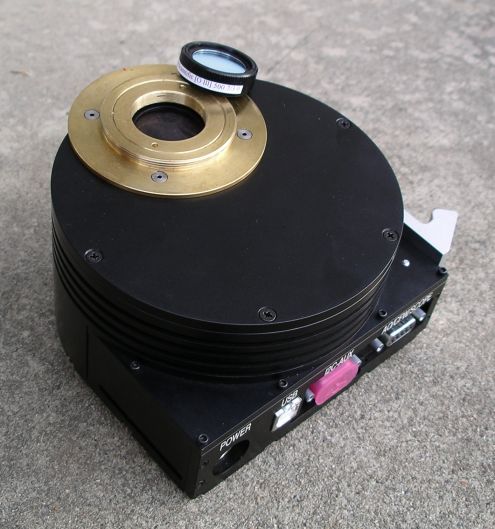
The following pictures illustrate my way of connecting a Nikon lens, DF-2 focusser and ST10 CCD camera. First, a brass adapter plate is mounted directly on the ST10XE front face.

This adapter can accept a 1.25 inch filter and facilitates a rigid connection to the T-threaded side of the DF-2 focusser:
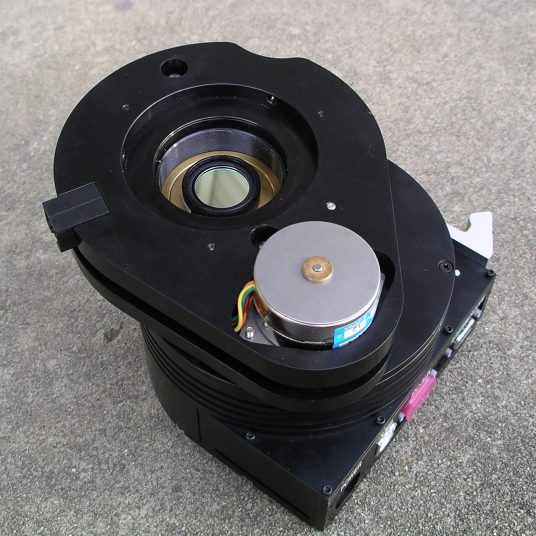
The filter must be located close to the CCD plane to avoid detuning for off-axis rays. This is especially important for the fast f-ratio lenses and narrowband interference filters that are often used for wide field work.
Next, I designed a modified version of the standard FLI AD-2 adapter which has a lower profile and an integrated bajonet fitting for Nikon lenses:
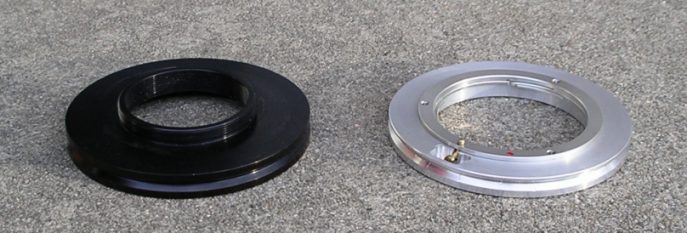
This ring is mounted in the standard way into the DF-2 focusser (two pointed setscrews pressing on the angled egde of the nikon adapter, thereby pulling the two structures firmly together):
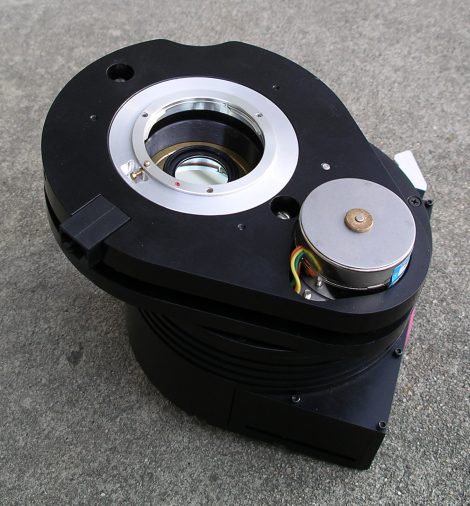
Finally, the Nikon lens can be connected:
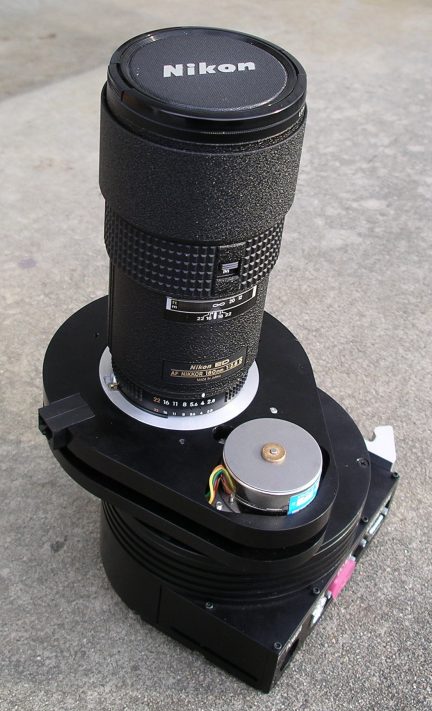
In order to reach focus it is important that the thickness of the two custom adapters described above is as small as possible without compromising
mechanical stability. When focussed on infinity, the DF-2 is roughly one millimeter from its innermost travel limit.
Here's how the finished setup looks on the Takahashi EM-10 mount.
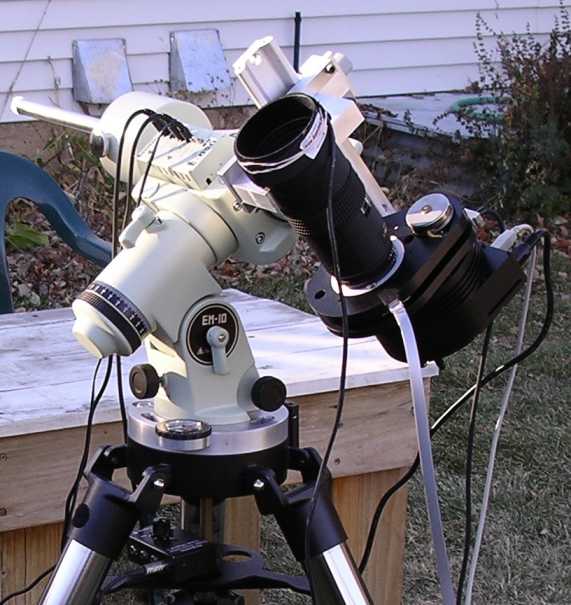
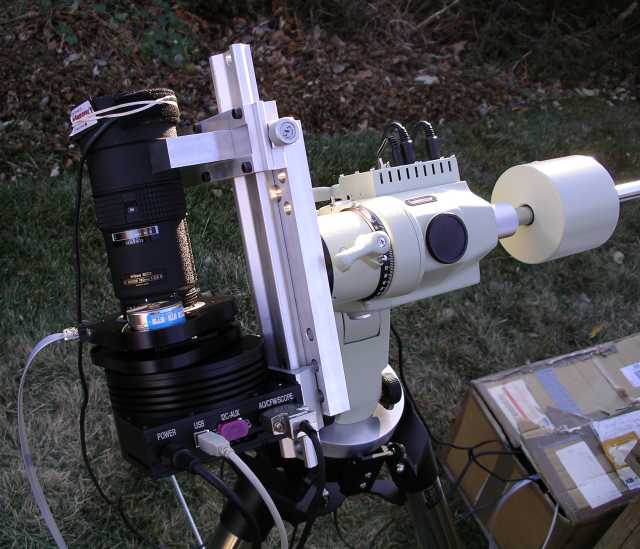
The ST10 is attached with a lockable slider to a machined bar on the EM-10 equatorial mount. Another slider has a precision machined chunk of aluminum matching the shape of the lens. The lens merely rests in the semi-circle of this component, since it must be able to move freely back and forth when the focusser is activated. I think (haven't checked it stringently) that this arrangement adds to the robustness of the setup, since it minimizes the possibility for sagging and wobbeling of the, sometimes quite heavy, Nikon lenses. When I'm working with my little 50 mm Nikon lens I don't use any mechanical support.
With the autofocus capability of MaximDL/CCD this setup is now a breeze to focus accurately and quickly. Often I can go for a full night at f/4
without any need for re-focussing, which is a good testament to the mechanical stability of the components and the mounting method. Since I need
to integrate for many hours (often several nights) on the same object, it is not so important for me that the filter changing capability offered by the
Mandel adapter is lost in this arrangement. However, if you're more interested in frequent
filter changes then go for the adapter developed by Steve Mandel.
Here's my mechanical mating page where you can see more examples of custom made adapters.
Comments greatly appreciated! (mikael@leif.org)